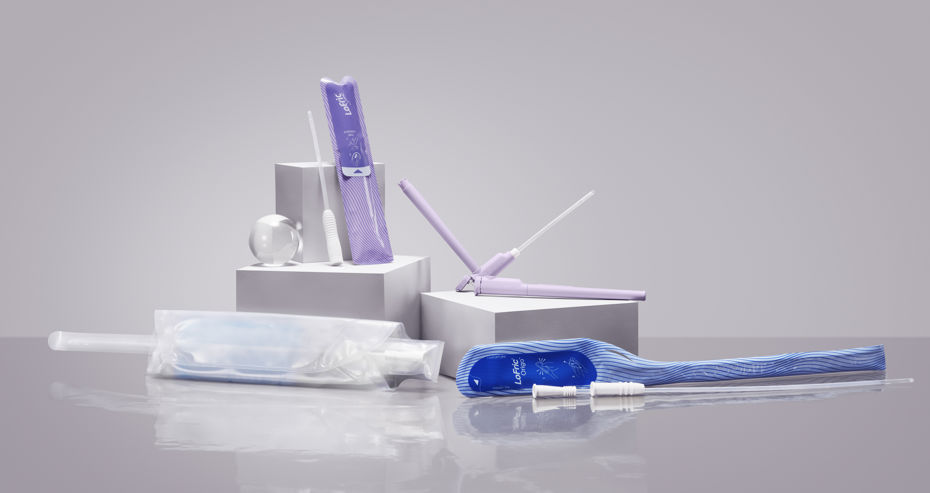
At Wellspect HealthCare we take our environmental responsibility seriously. We continuously work to minimize the environmental impact related to our products. We ensure that proper materials are used and all applicable production requirements are followed. For the LoFric catheter, this means that we use a core catheter material with proven low environmental impact as compared to other common catheter materials1 without compromising quality and patient perception.2 3 In fact, the core material of LoFric has been proven to optimize catheter management and reduce discomfort.2
LoFric documentation: Environmental impact of material
- Evaluation of a new PVC-free catheter material for intermittent catheterization: a prospective, randomized, crossover study.2
Study of 104 LoFric users who tested two types of LoFric with different core material for 1 week each. Results showed unchanged perception and safety as well as low percieved discomfort with both materials.
This randomized cross-over study compared two types of LoFric catheters with a core material made either by polyvinylchloride (PVC) or a PVC-free material. The study followed 104 male LoFric-users who had maintained urethral sensibility and who evaluated discomfort (e.g pain, burning sensation, bleeding or other discomfort) associated with the catheterization procedure after one week’s use. Catheter material properties such as stiffness and exibility were also evaluated along with general catheter management properties. Self-reported patient questionnaires were used and the results showed that among all patients 38% perceived discomfort during catheterization on a general basis. Patient preferences were different and varied between the two catheter types. For example, 10% experienced discomfort with both catheter types, 5% reported discomfort with the PVC-free and not with the PVC catheter and 19% reported discomfort with the PVC and not the PVC-free catheter (p=0.0066). Even though both catheter types were associated with low prede ned discomfort rates and good management properties, the PVC-free material was reported as the better choice to optimize patient satisfaction and tolerablility.
- A multicenter, double-blind, randomized, parallel group study comparing Polyvinyl Chloride and Polyvinyl Chloride- Free Catheter Materials.3
Study of 169 LoFric-users who tested two types of LoFric catheters with different core material for one month each. Results showed similar perception and safety for both materials. - Development and environmental improvements of plastics for hydrophilic catheters in medical care: an environmental evaluation.1
Material life cycle assessment of LoFric and other hydrophilic catheters’ core materials. Results show minimized environmental impact for LoFric.